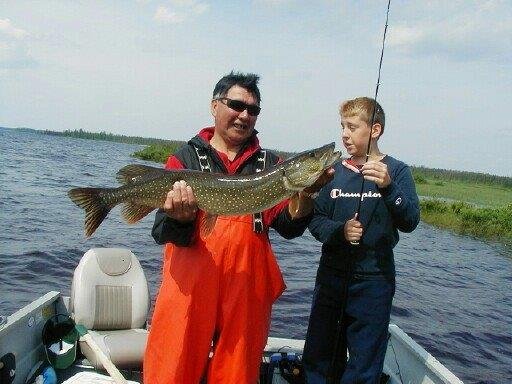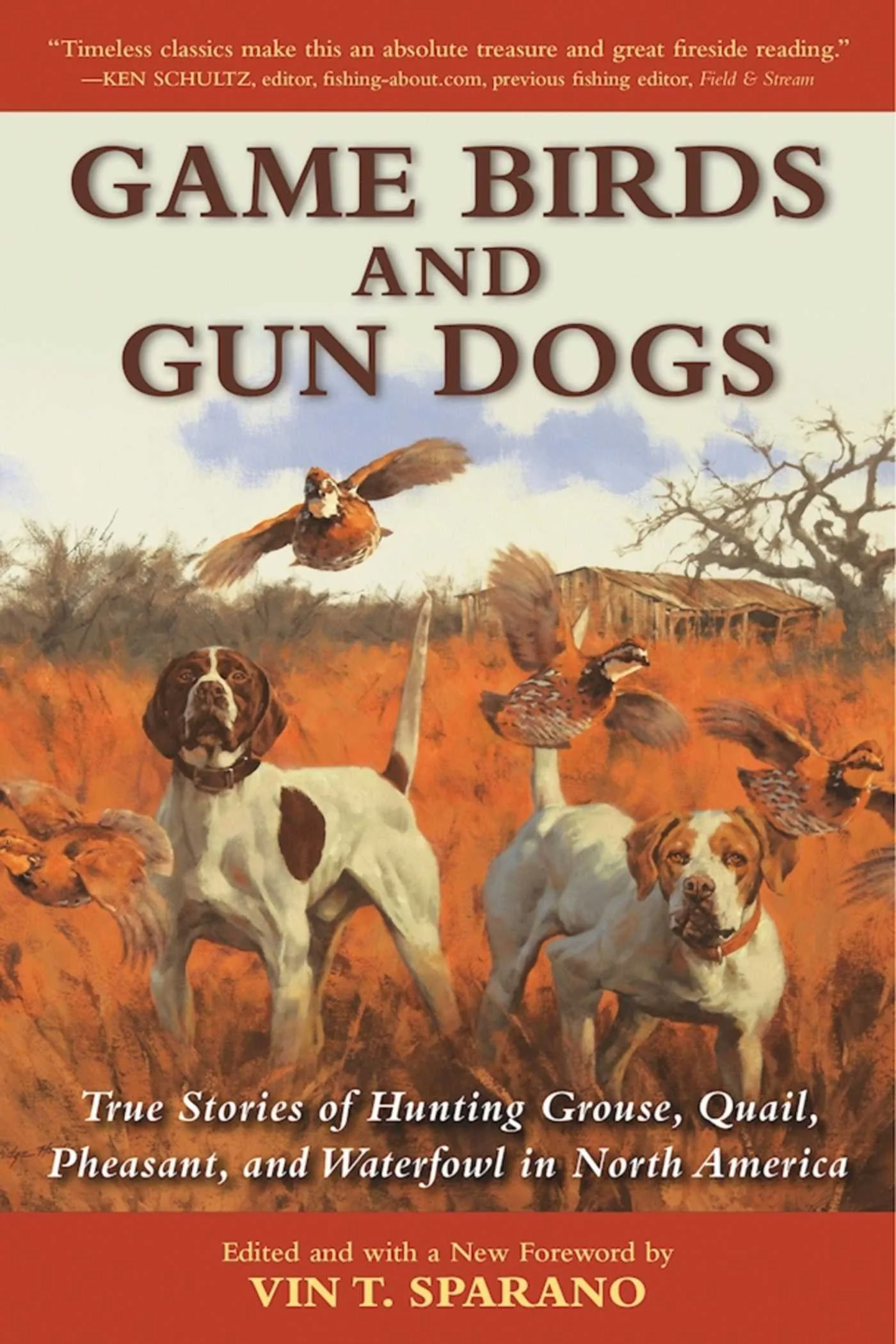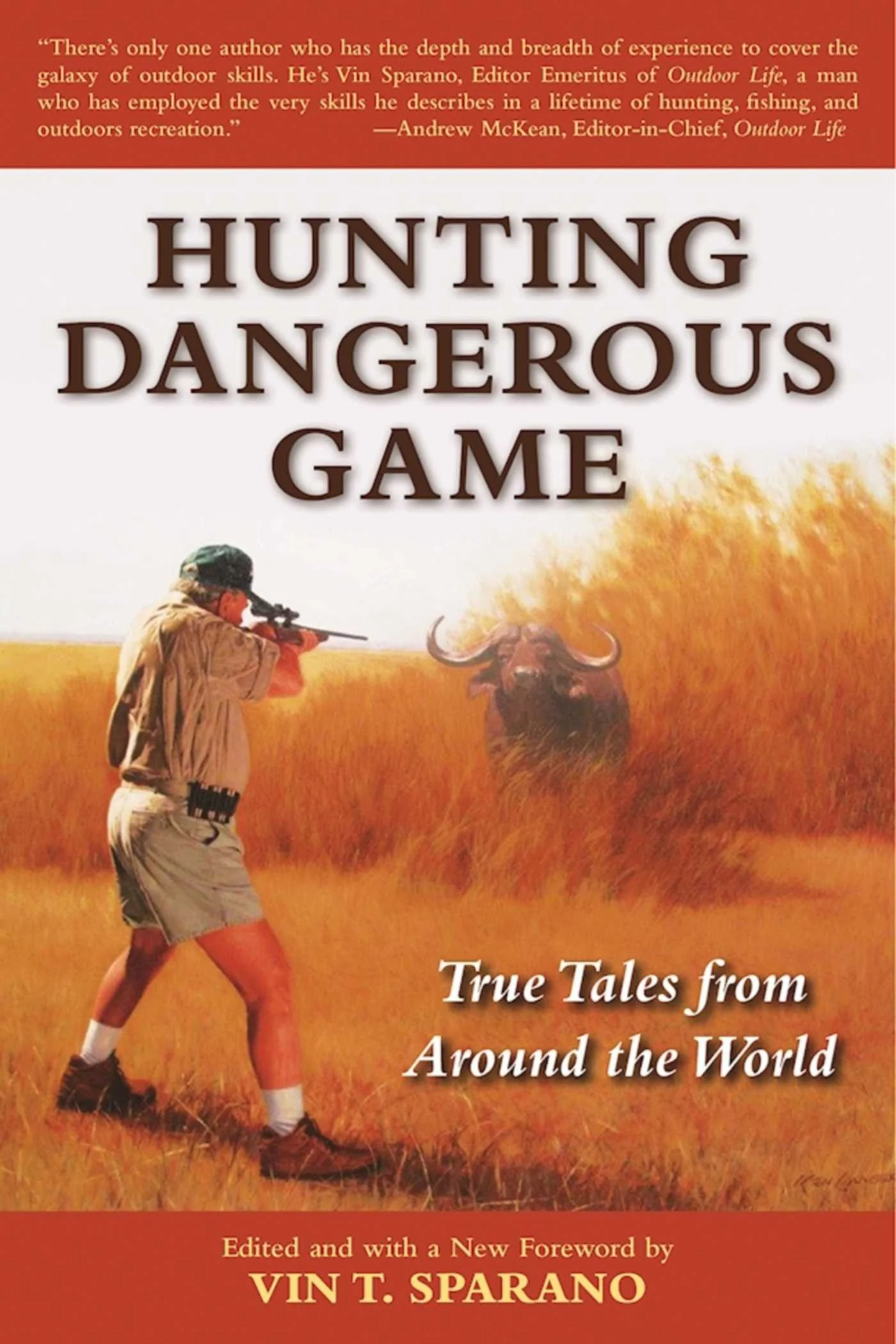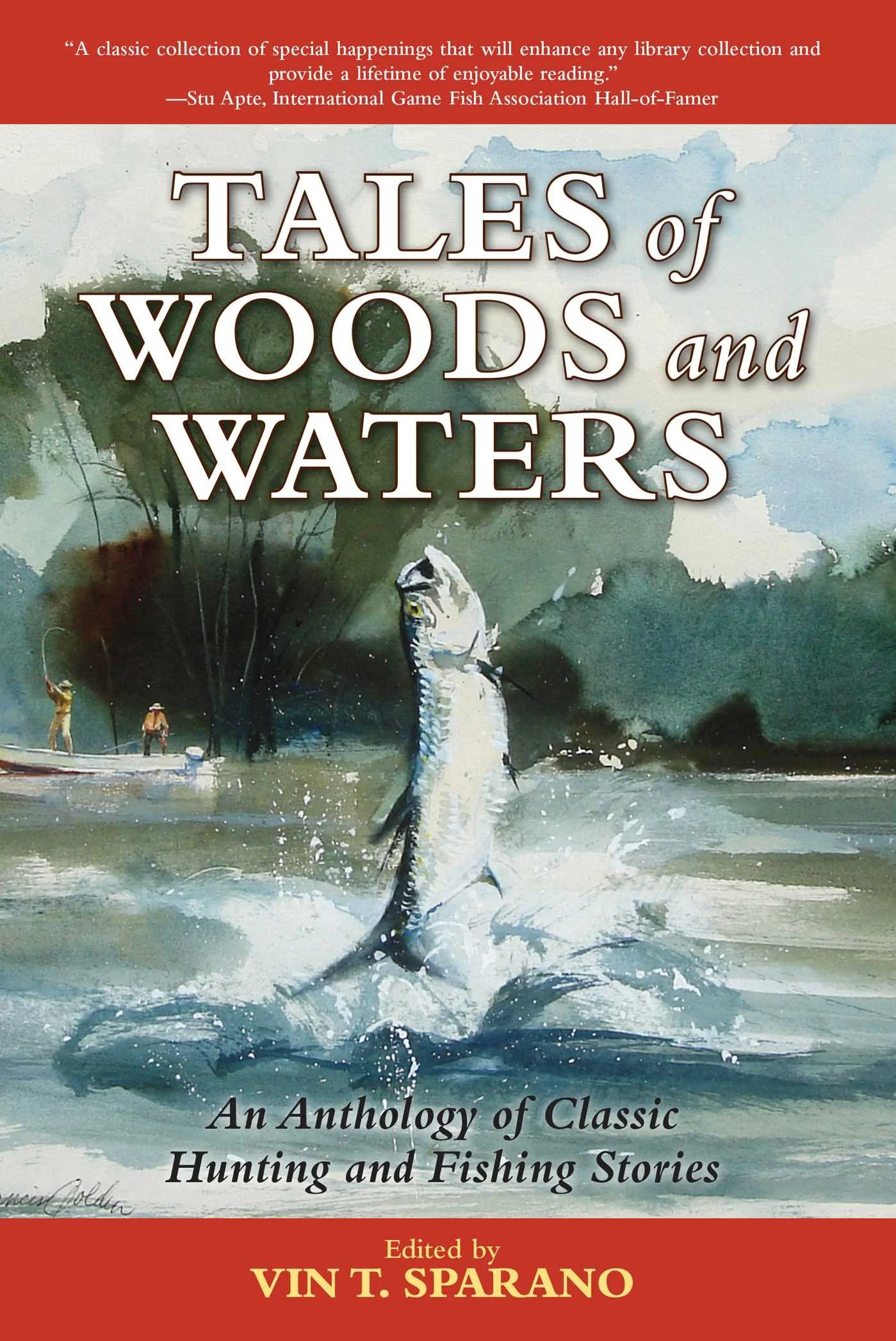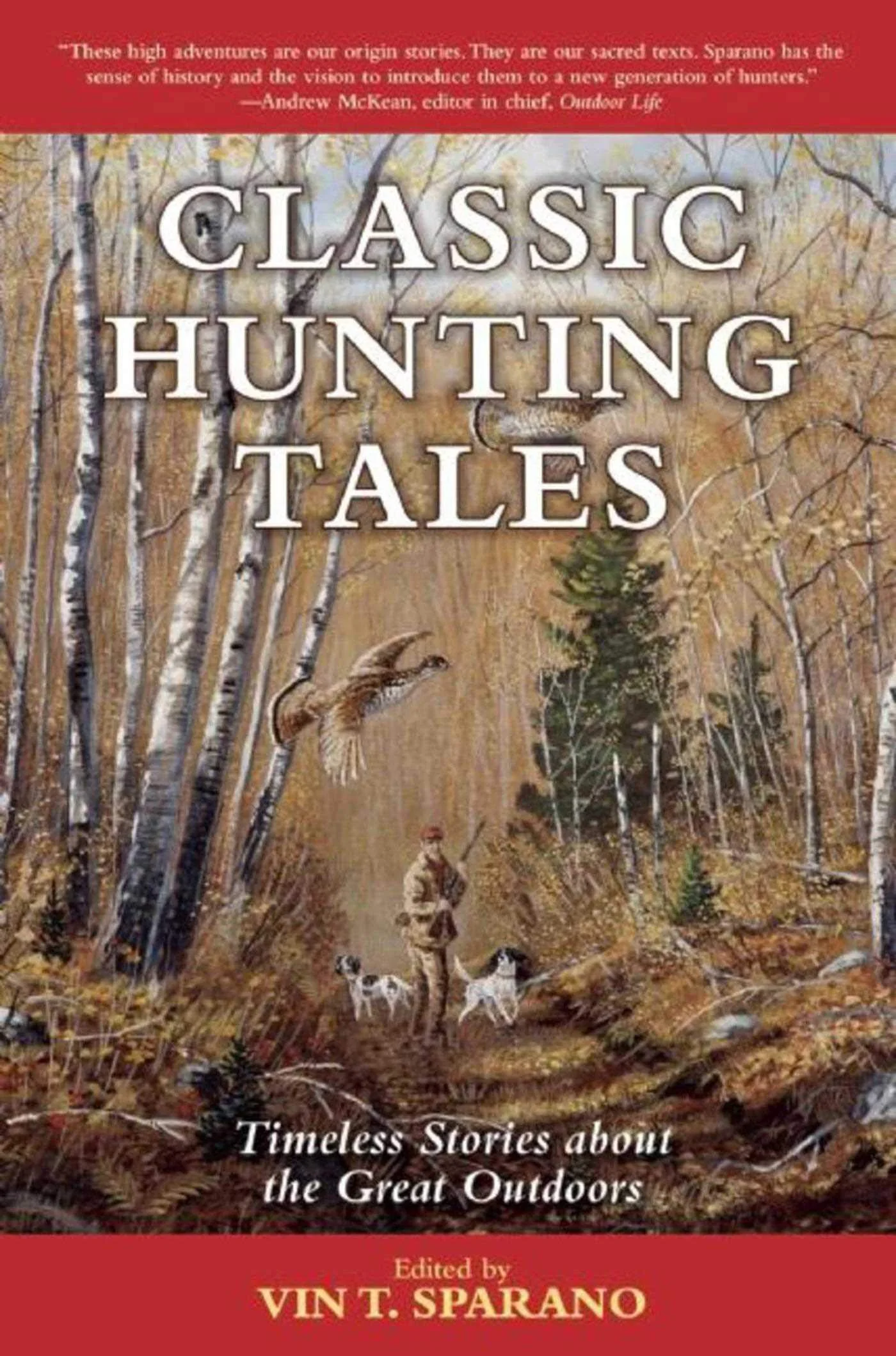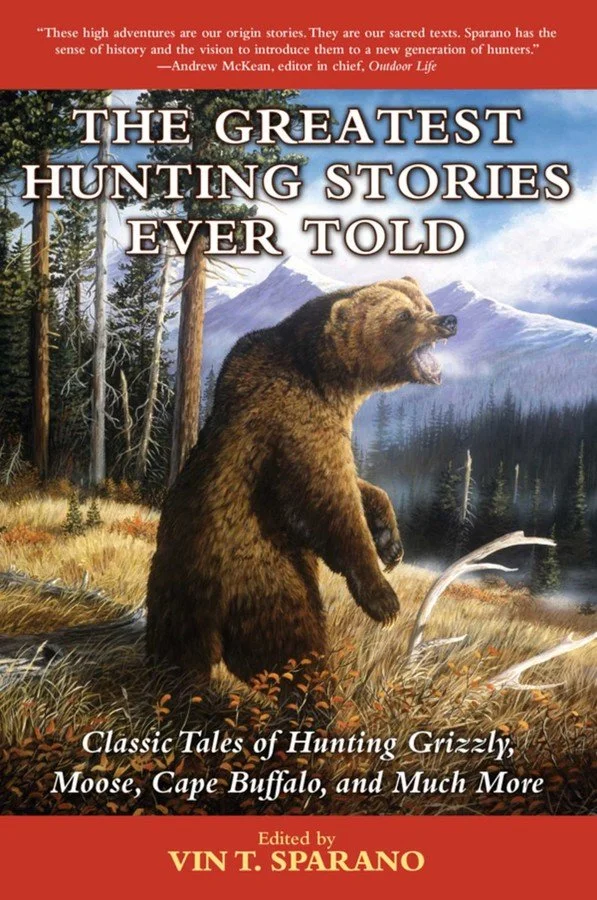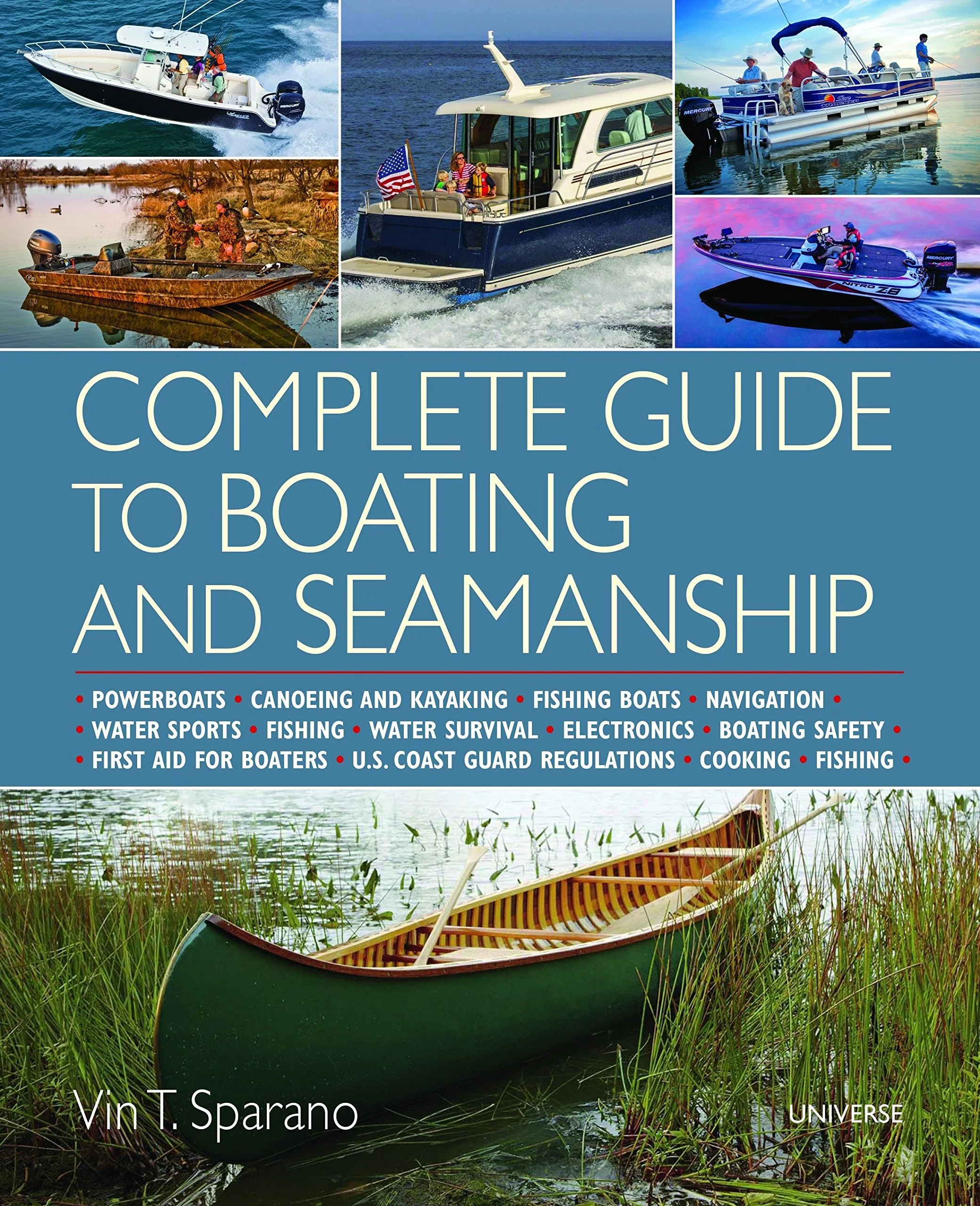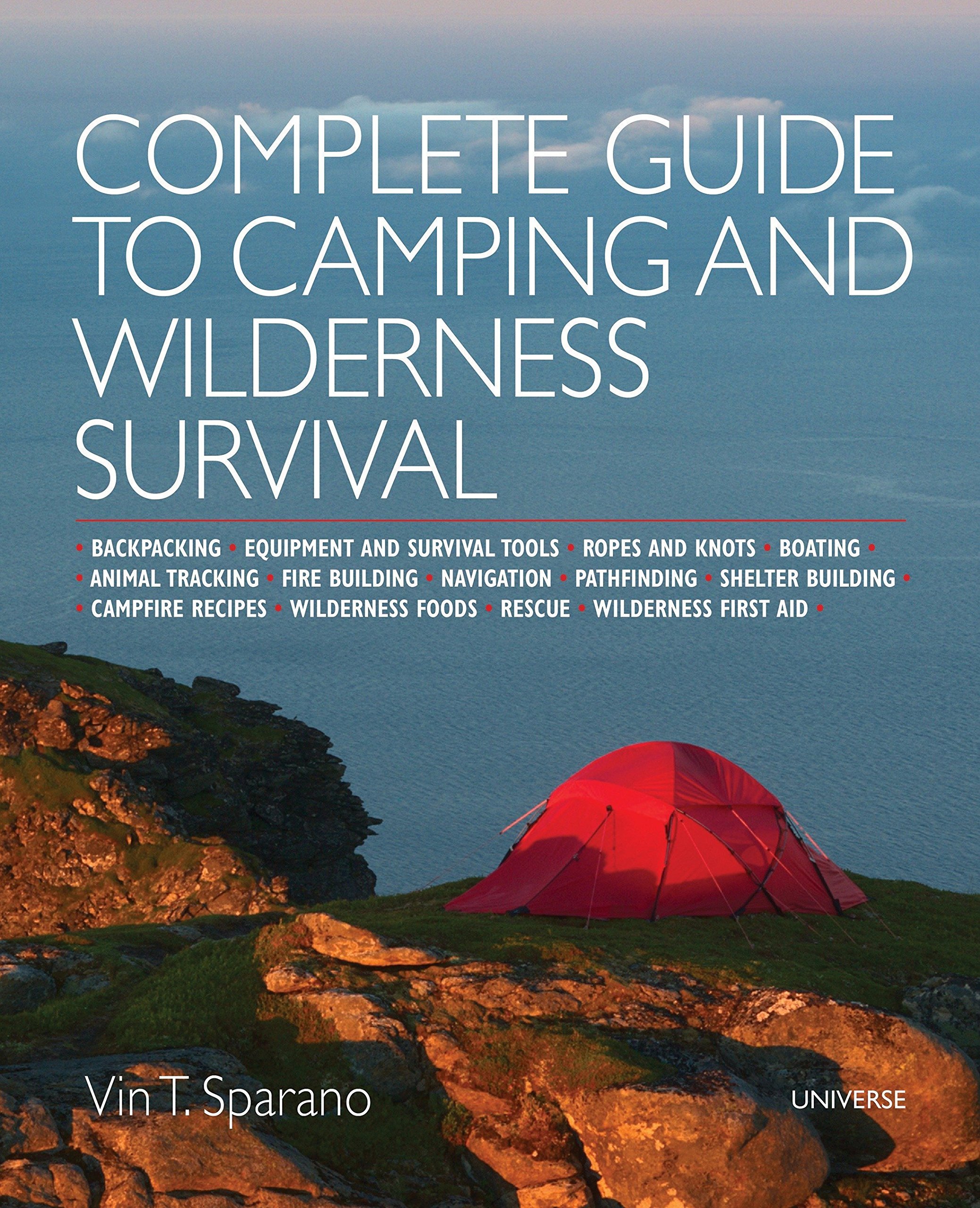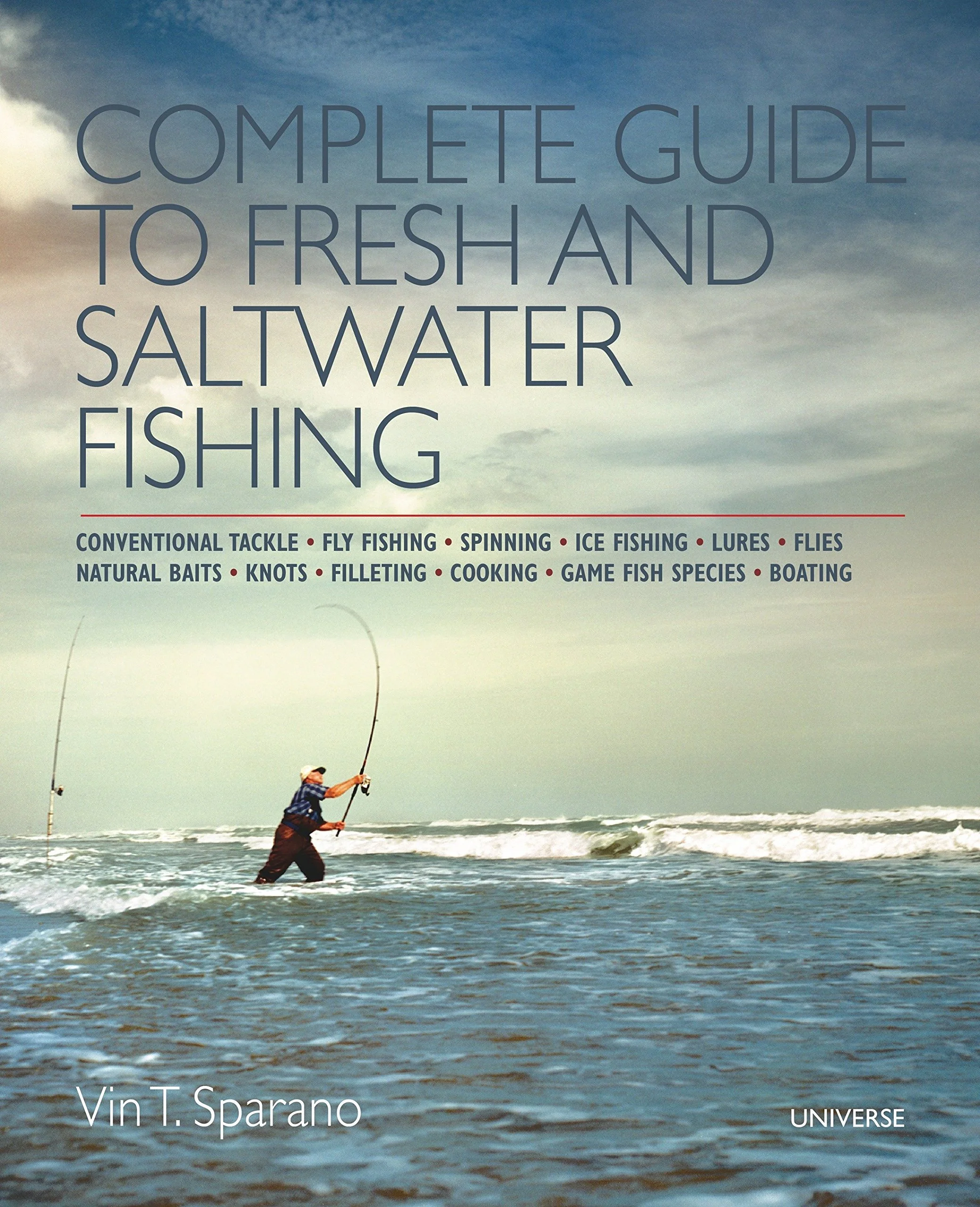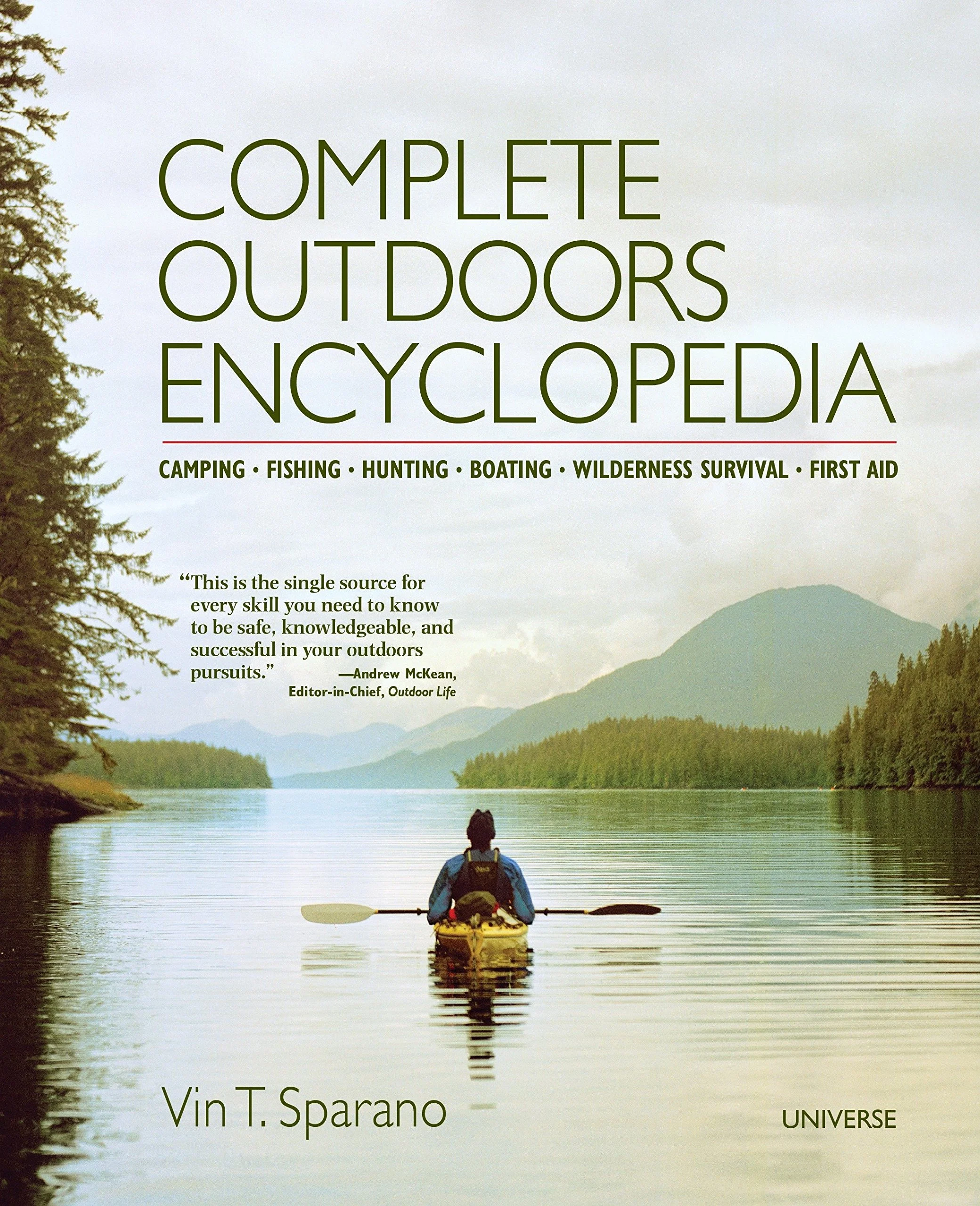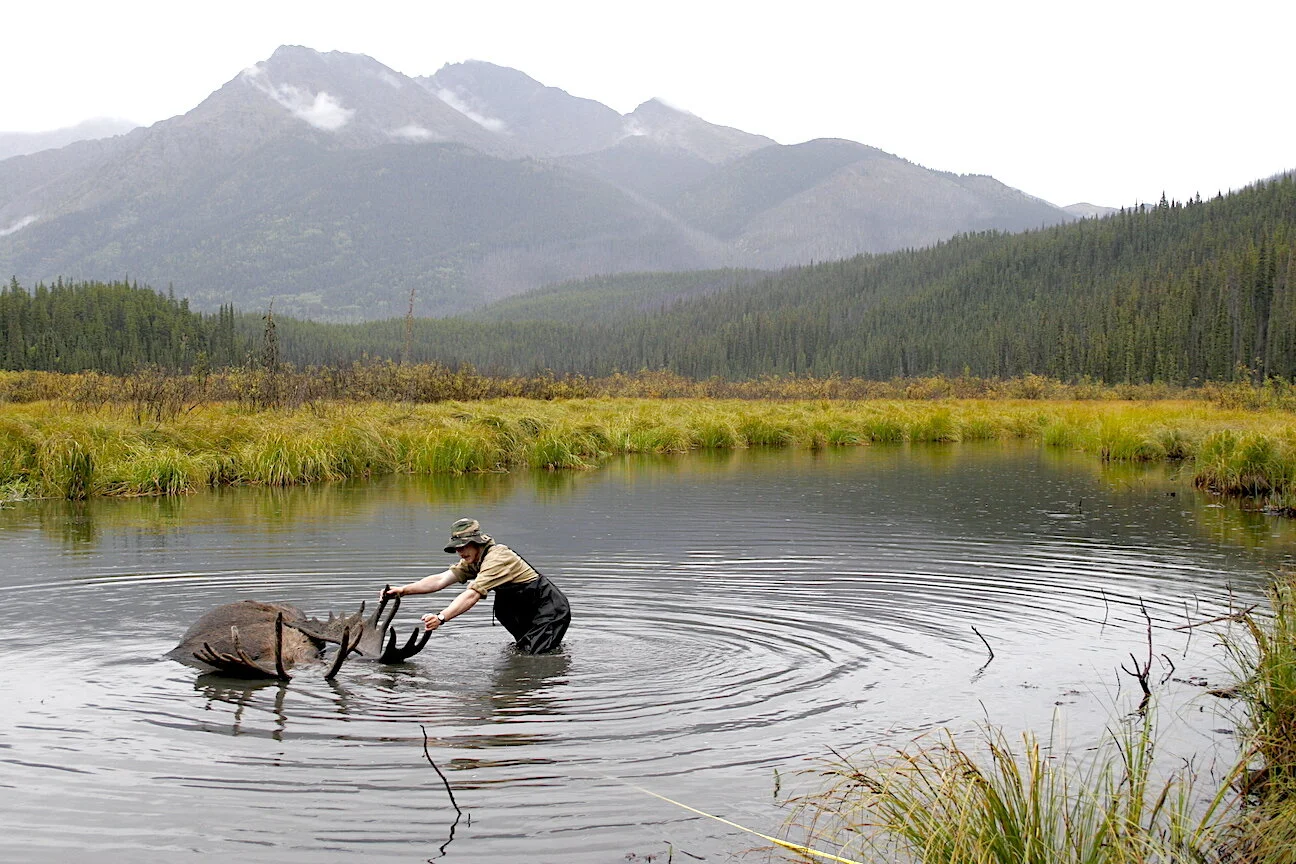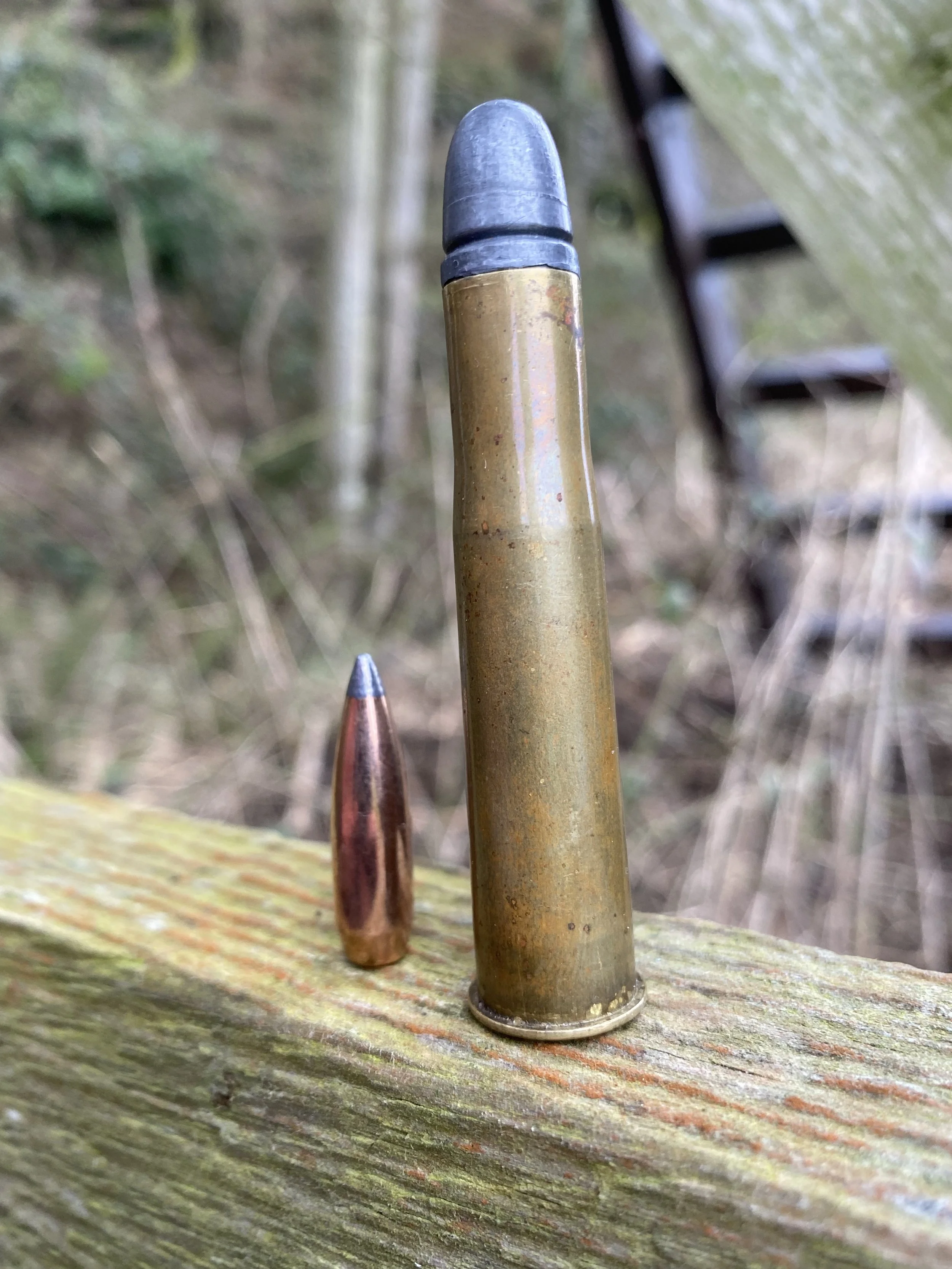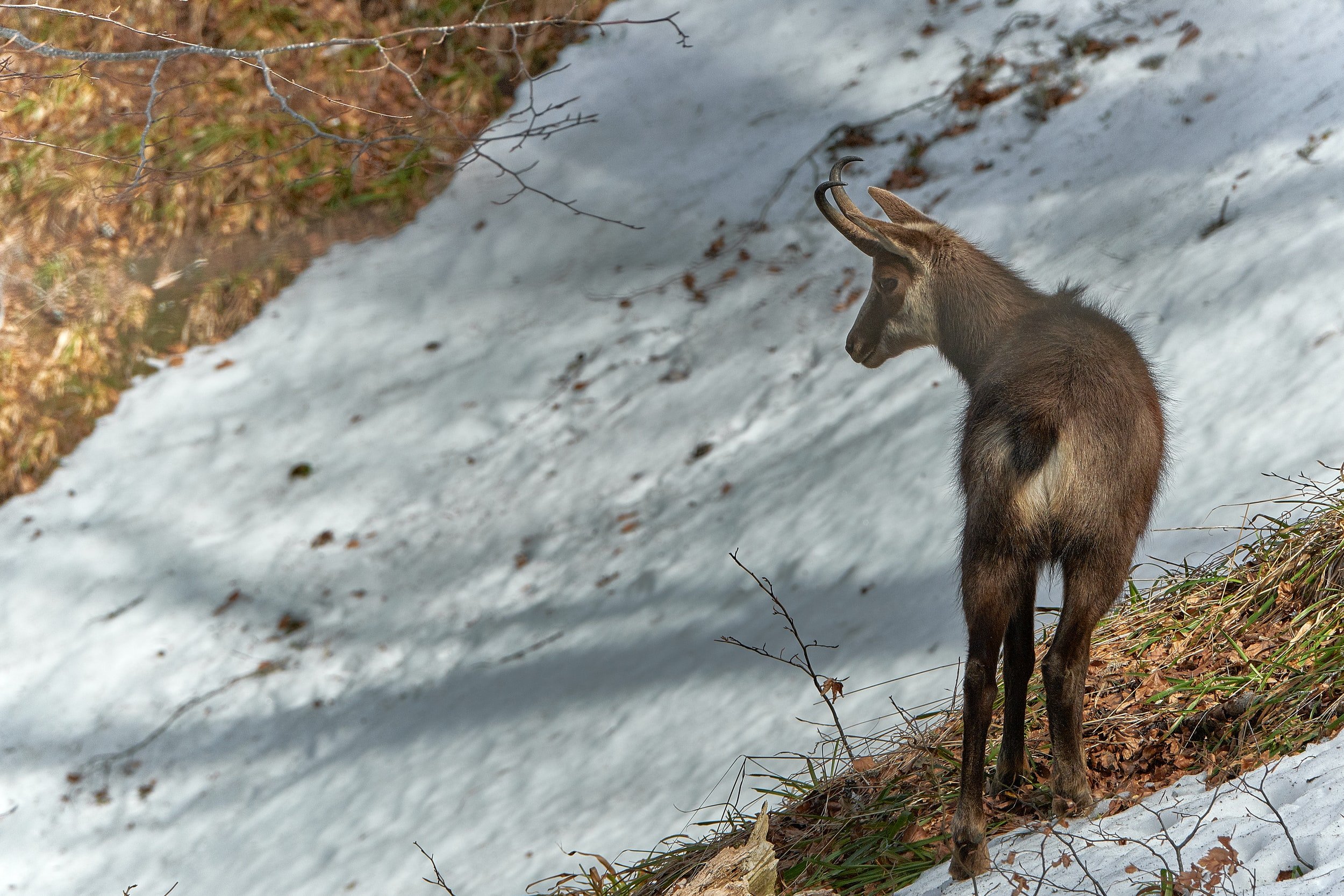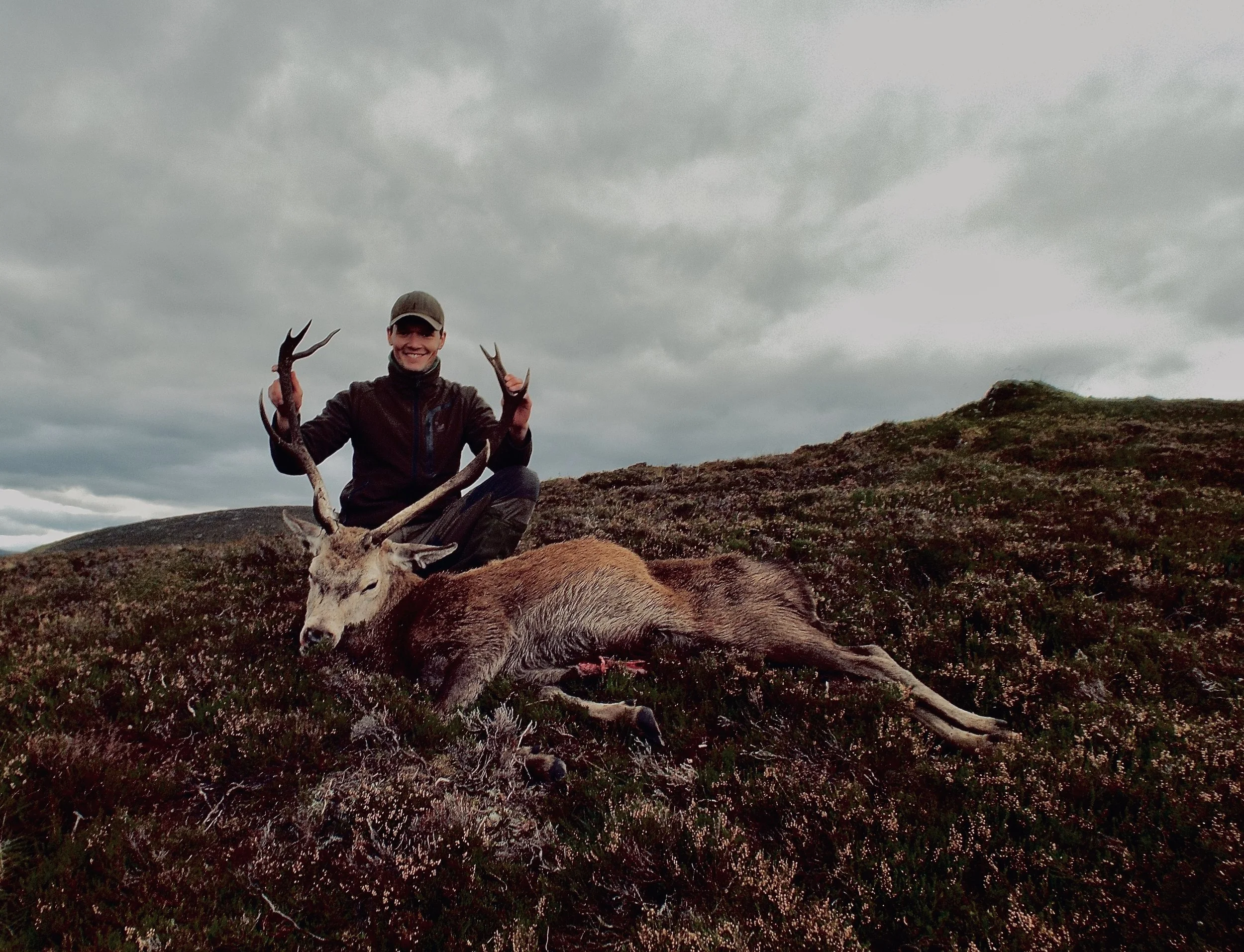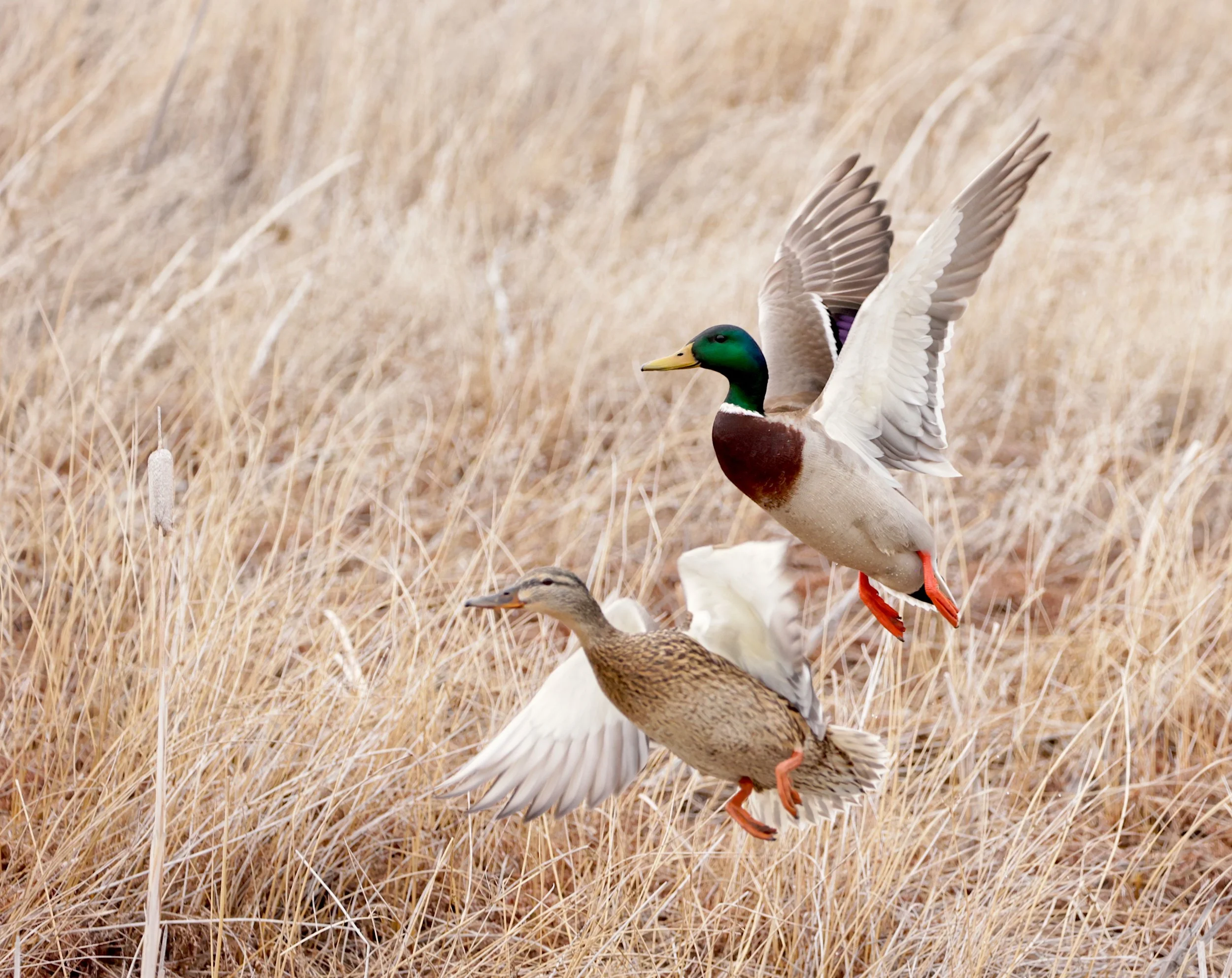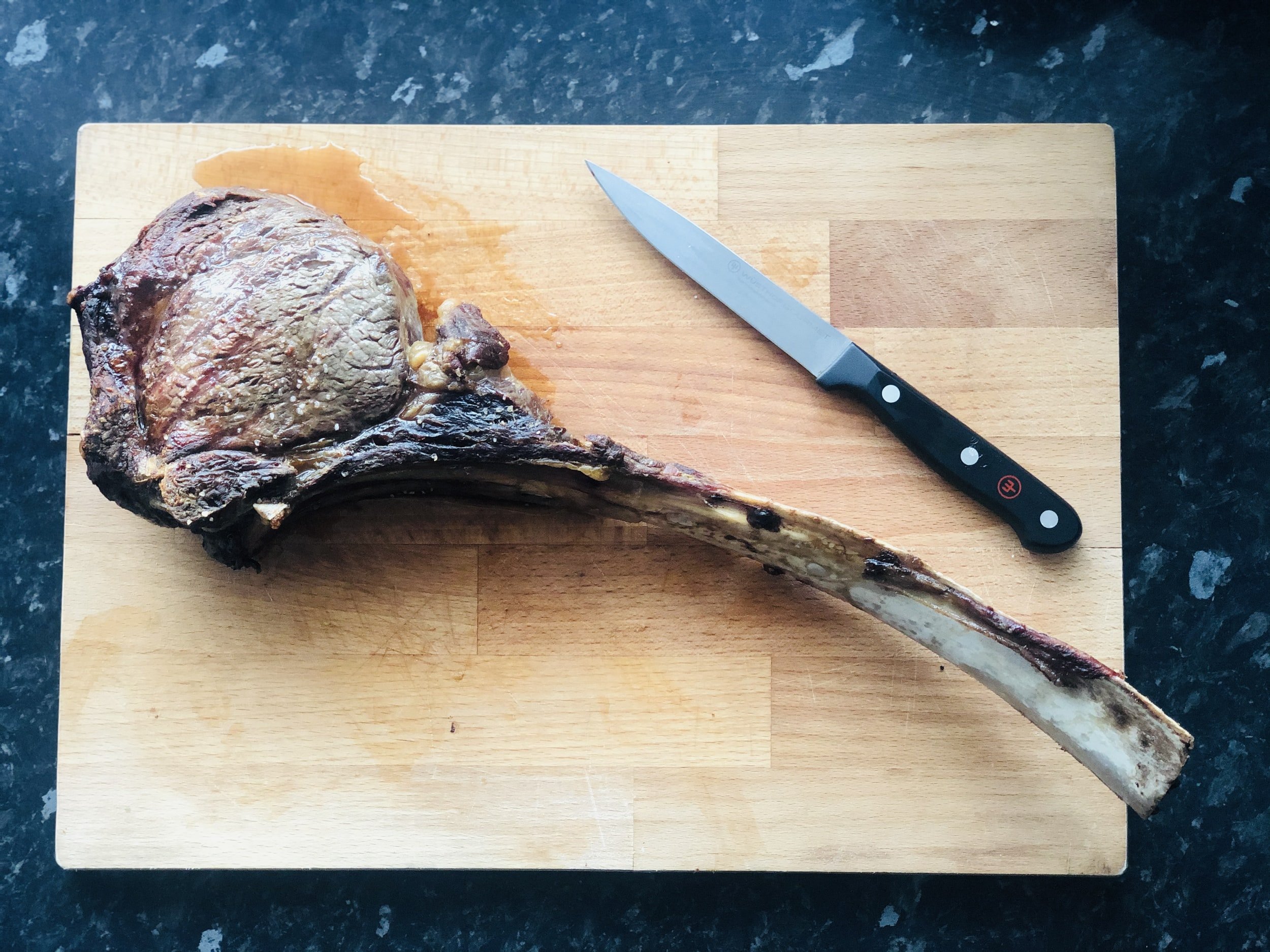Osprey Adventure
It was May, and there were small signs that spring was arriving in northern Quebec. The hardwoods had tiny buds and the pines no longer creaked in the winter winds. Small patches of snow were still visible, but they would soon disappear in the rays of the sun. But spring does not come easy to the north country of Quebec. The ice on Mistassini Lake was not surrendering. It was still thick. Elijah Awashish made his way along the shoreline of the vast lake, hunting and trying to find open water to fish for trout and walleyes. He had a family to feed.
Elijah watched as flocks of Canada geese flew north to their summer grounds. It was a long tiring flight, but these flocks could not find open water to land, feed, and rest. This also meant that this Cree Indian could not shoot them as they flew high through the clouds. As Elijah made his way northward up Mistissini Lake, he discovered a series of islands and small bays. Most of the water, however, was still covered with ice. When he entered the next bay, something almost miraculous happened. He could see Canada geese resting and feeding on open water. This small bay, Elijah concluded, must be the first place to thaw on all of Mistissini Lake.
He killed several geese and caught walleyes and brook trout. This lucky place would be his camp, and he set up his teepee. The year was 1901.
As our floatplane, a DeHavilland Otter, circled Osprey Camp, I looked at my grandson Joey and thought about how these special fishing trips to Canada got their start nearly 25 years ago when my son Matt made his first fly-in trip when he was 12 years old. The years passed too quickly, and when my grandchildren started to arrive, I decided that they should also experience Canada fly-in fishing trips when they reached 12. Nicholas was my first grandson to make the mark and, five years ago, we spent a week fishing together at a remote Ojibway camp in Northern Ontario. Nicholas learned much more from the Ojibways than how to catch a walleye and fry it in a greasy skillet for a shore lunch.
Now it was Joey’s turn. The Otter throttled down, and the plane landed smoothly on Mistissini Lake, the largest natural lake in Quebec, and taxied into a small bay. We tied up at a floating dock in front of a cluster of cabins. I wondered if this small bay had changed much since Elijah set up his teepee on this very same shoreline more than 100 years ago.
Our trip started smoothly.
We flew from New Jersey on Air Canada to Montreal, where we connected on an Air Creebec flight to Chibougamau.
The next leg of our trip would be a 70-mile drive to Mistassini, a small Cree Village. In Mistassini, however, we hit a snag. Forest fires were still raging out of control in the north country of Quebec, and health officials said it was too dangerous for us to fly to Osprey Camp.
Stanley, our Ojibway guide, made sure my grandson Joey got his trophy pike.
Heavy smoke conditions made the trip too much of a risk. The following day, however, the wind shifted, and I convinced the health officials that my grandson and I didn’t suffer from Asthma or a heart condition. Our bush pilot was also on our side.
He said he could take another air route around the dense smoke and get us safely into Osprey Camp. We loaded the Otter and took off before anyone could change their mind. We made the 45-minute flight to Osprey with Stanley Mianscum, who would be our fishing guide for the next several days. David, Stanley’s father, also joined us.
Frank Boulet, the camp manager, met us at the dock and showed us to our cabin. Frank explained that the fires were beginning to die out, and we would be quite safe at Osprey Camp, which is located on one of the many islands in the middle of the lake. Wind conditions were also favorable and blew the smoke away from our camp. Frank said there was still time to get in a few hours of fishing. Within a half-hour, my grandson and I met Stanley on the dock with our fishing tackle. For the next seven days, our home on the water was a beamy 18-foot aluminum boat with a 50-h.p. Yamaha four-stroke outboard motor.
We only had a few hours to fish before dark, but that was all the time we needed to catch some small pike in a nearby bay. I tied on a blue-backed jointed diving plug, and we worked any shoreline that had grass growing along banks. About every dozen casts produced torpedo-like attacks from pike. Those “small” pike were 10 to 12-pounders, small by Mistassini Lake standards. We used conventional tackle with 12-pound-test monofilament, which proved ideal for pike. Stanley tied on a Daredevil spoon for Joey. It seems that no matter where you fish in Canada, every guide has a bunch of those familiar red and white spoons in his boat.
“Will that catch me a pike over 21-pounds?” asked Joey. “I want to catch one bigger than the 21-pounder my brother caught when he was up here.”
“We only catch small pike here,” Stanley explained. “The big pike are at the northern end of Mistassini. That’s a long trip, about one and half hours, and we have to wait for the right weather with light wind and small waves, but we’ll go there. It’s at the mouth of the Ruppert River, where we will also catch big speckled trout.”
Stanley moved out to deeper water at the mouth of the bay where our camp was located. When his portable depth finder showed 50 to 60 feet of water, we started a slow troll for lake trout. Stanley used a silver spoon, the standard lure for lakers in these northern waters.
I tied on a big orange wobbling plug that would dive deep and stay deep. We only had an hour to fish before dark, but still, plenty of time to catch four lake trout in the 8 to 10-pound range. When we headed back to camp for dinner, I noticed the wind beginning to pick up, and I could barely see the opposite shoreline.
Mistassini Lake is big, very big. It’s 110 miles long and 26 miles wide. If it were not for a string of hundreds of islands running the entire length of Mistassini, the lake would be difficult to fish. Fishing on Mistassini Lake can be a scary experience in the wind. The islands, however, provide a haven for fishermen when the wind kicks up. However, Stanley told us that Osprey Camp has never lost a day of fishing because of bad weather. There is always a place to hide from the wind and catch fish. Osprey is on an island called Guillaume Couture, about 34 miles from the Cree village of Mistassini.
Frank joined Joey and me for dinner back in camp, and we met Loc Beaujean, a young chef from Montreal who turned out gourmet food during our stay.
His specialty turned out to be breast of Canada goose. Osprey Camp is not your typical “back in the woods” fishing camp. It has five cabins that can accommodate four anglers each.
The cabins have propane-powered stoves, ovens, and refrigerators. There’s also a wood stove for cold evenings. Fishermen can cook their own food or arrange to have all their meals in a dining room. All the cabins are connected with wood sidewalks, and one common building has four showers and bathrooms. It was obvious that the toughest part of this trip would be ducking the wind out on the lake.
Joey and I met Stanley the next day on the dock. This time, I took my 8-weight fly rod, but it didn’t look like fly-fishing weather. As I suspected the night before, the wind was blowing pretty hard. The big pike at the northern end of the lake would have to wait. It was not difficult to catch walleyes and small pike moving from bay to bay and island to island. In one bay, my promise to Joey of a fish on every cast came true. We tied on a ¼-ounce jig with a three-inch plastic tail and trolled it very slowly for only a couple of minutes until we located a school of walleyes. The small jigs produced two and three-pound walleyes on every cast until we decided to move on.
Stanley found a small sandy shoreline, where we beached the boat and had our first shore lunch of walleyes, onions, and potatoes… all fried in vegetable oil. There are two schools of thought about traditional shore lunches. Are they wonderful wilderness eating experiences or the worse mess of greasy food you can ever imagine? I prefer to think the wilderness experience will make any food taste like a gourmet meal.
I made sure Joey helped our Ojibway guide cook our walleye shore lunch every day we fished. An unforgettable experience. In one cover, Joey caught a walleye on every cast.
Stanley used two frying pans. He rolled the walleyes fillets in some flour and fried them in one pan and onions and potatoes in the other. Watching a Cree cook a shore lunch over an open fire is a lesson in culinary simplicity. The only seasonings were flour, salt and pepper, and a lemon. Stanley fried everything in oil and cleaned the skillets with a handful of moss. Oddly enough, the lunch tasted great.
The weather looked like it would be a problem, and we wanted to get in more fishing before the rain started. Stanley had a few more bays that he knew held some big pike. Before we left home, I had Joey practice casting close to shorelines with big plugs. I tied on a seven-inch blue-backed jointed plug, and he started to work the weed beds. We started to pick up a lot of small eight to 10-pound pike. But not that 20-pounder.
The skies darkened, and Stanley said a squall was coming. Just when we heard a clap of thunder, the big pike hit Joey’s plug as if by signal. The pike shot out into open water, but when he felt the sting of the hooks, he did a hairpin flip and rushed to get back into the safety of the grass.
Joey hung on and did an excellent job pressuring the big fish out of the weeds and into open water. After several good runs, Joey wanted to tighten his drag, but I promised to break his fingers if he touched the drag! He finally eased the pike close to our boat, and Stanley netted Joey’s personal record-breaker. Our scale put it at 22 ½ pounds. We had an ecstatic 12-year-old in the boat that day.
Only 34 years old, Stanley has been guiding on Mistassini for 19 years. David, Stanley’s father, who would guide the next few days, has been guiding for more than 35 years. Spending seven days in a boat with a couple of Cree guides is a rewarding experience. When a Cree reaches 55, he is called an Elder, and that’s a very special label for Crees. Elders get a great deal of respect for their intimate knowledge of hunting and fishing, which is an essential requirement in the north country. Just listening to Stanley talk to his father, it became apparent that Creeps may well treat their Elders better than most cultures.
The wind eased up the following day, and I got a chance to fly fish for pike. I’ve caught pike on a fly before, but this was completely different.
We fished bays with shorelines full of submerged blowdowns.
Next to half of these logs were 10 to 15-pound pike waiting to ambush their next meal. This was sight casting at its best. I tied on a Stu Apte tarpon fly and put it right in front of their noses. A couple of strips and pike would shoot out like torpedoes and attack the fly. It was the kind of wild fishing not many fly fishermen ever experience. We worked bay after bay and caught all the pike we wanted with no other boats in sight. I would advise using either a small strand of notable wire leaders or very cheap streamers. These pike were not very sophisticated. I’ll save my fancy tarpon flies for the Florida Keys.
When the wind finally stopped blowing, and we could see no whitecaps on the lake, David said we would make the run to the northern end of
Mistassini and the mouth of the Rupert River, where we would hopefully find a pike even bigger than the 22 ½ -pounder Joey had already boated. It would also give me a chance to fly fish the Ruppert for those trophy brook trout. The run took one and half hours, and I was thoroughly lost a half-hour from camp. The maze of islands started to all look the same, and I started to become concerned about Dave’s health… or his lack of it.
The Rupert River is at the 51st parallel, and anything above it is exclusive Cree Territory, and a Cree guide is mandatory. The mouth of this legendary river is a maze of huge boulders, some visible above the surface and some not. Dave worked the boat slowly among the boulders, and I worked the area with my fly rod. My black Woolly Bugger produced more brook trout up to four pounds than any other fly in my box. Dave’s explanation was simple. “The black Woolly Bugger works best because it is black, and everything trout eat here is black.”
I caught many brookies by blind casting to the boulders, but I also caught several by trolling in and around these huge rocks, occasionally twitching the Woolly Bugger. I tried some dry flies, but this big water wasn’t really conducive to dry fly fishing. We saved a couple of brookies for lunch. The bright red flesh of these native brookies is something I don’t see too often in New Jersey, where I live. We found a small beach with a broken-down lean-to, and Dave broke out the traditional skillets and started to cut up onions and potatoes. The red flesh of these native brookies was a rare lunch treat.
The sun disappeared, and it was starting to drizzle. I started to wonder about that long run back to camp. We cleaned up our campsite and headed for some bays east of the mouth of the river. We continued to catch pike and walleyes in nearly every bay, but I kept watching the cloud and the winds. I knew it wouldn’t be a comfortable ride back to camp.
Not only did we have to try to beat the storm back to camp, we still had to cross the big lake. With one stopover at a trapper’s cabin to sit our a heavy downpour, we started across the width of the lake. I wasn’t concerned until our visibility dropped to a half-mile or so in the rain, and the wind started to kick up five-foot seas. At one point, when we were out of sight of any island or land, I noticed that David did not have a compass on the boat. As one accustomed to compasses and GPS units on boats, I really started to worry, especially when Joey said, “Grandpa, I can’t see land.”
Dave must have noticed the worry on my face and said, “You OK?”
I replied, “Yes, I’m OK.
Dave answered, “You OK, I’m OK.”
Then I asked him how he could navigate out of sight of land with no compass in a heavy overcast sunless sky. His reply was classic Cree. “I watch the wind and the waves,” he explained, “and how fast the clouds move.”
It was a two-hour backbreaking run back to camp. It was a great adventure-filled day for my grandson and me. We will never forget the memory of his big pike and the wild ride with one of the most knowledgeable guides I have ever met. I built a fire in our cabin that night, and Joey drank a couple of cups of hot chocolate to warm up.
I sipped a few fingers of something a lot stronger.
There’s a reason the fishing is exceptional Mistassini Lake. The lake is 110 miles long and 26 miles wide, and we only saw two or three boats each day. They were also guests at Osprey Camp. But there’s more to Mistassini than great fishing for big pike and fly fishing for trophy brook trout. Living, fishing, eating, and cooking with the Crees gave me an insight into a culture that must truly be admired. The experience will go a long way for my grandson, Joey, to mold him into a man with a unique sensitivity and awareness of our wilderness woods and waters.
The Camp Osprey kitchen always turned out great fish dinners, but they still didn't match the memorable shore lunches. These two Osprey chefs always made sure my grandson Joey has hot chocolate every morning.
If You Go:
Osprey Excursions operates a camp that offers guided fishing trips, American and guided European plans. For information on fishing packages and prices, contact:
Osprey Excursions
91 Riverside, Mistissini
Quebec, Canada GOW 1C0
Phone: 450-632=3622
FAX: 450-632-5449
Email: info.osprey@cctn.com
Website: osprey.qc.ca
For information on Quebec hunting and fishing packages, contact:
Gilles Parent, Market Manager
Quebec Tourisme
Bureau 400
1010, rue Sainte-Catherine Quest
Montreal, Quebec H3B 1G2
www.bonjourquebec.com
Loc Beaujean’s Canada Goose—Osprey Style
Ingredients:
1—Canada Goose Breast
1—Pint of mixed berries (blueberry, raspberry, strawberry)
1 Cup—Demi-Glace
½ Cup—Red Wine Vinegar
½ Cup—Sugar
The Sauce:
Heat wild berries with red wine vinegar and sugar. Let it reduce until it’s almost dry. Add the demi-glace and let it reduce again by half.
The Goose:
Grill or broil the goose breast for 7 to 10 minutes on each side. Serve with the berry sauce spread evenly over the breast.



